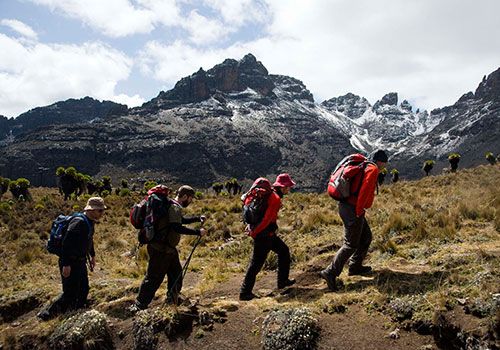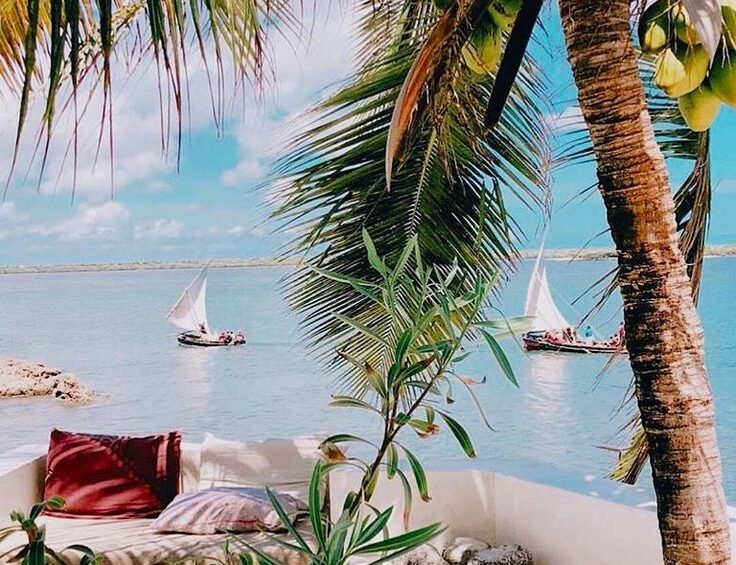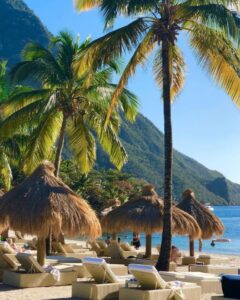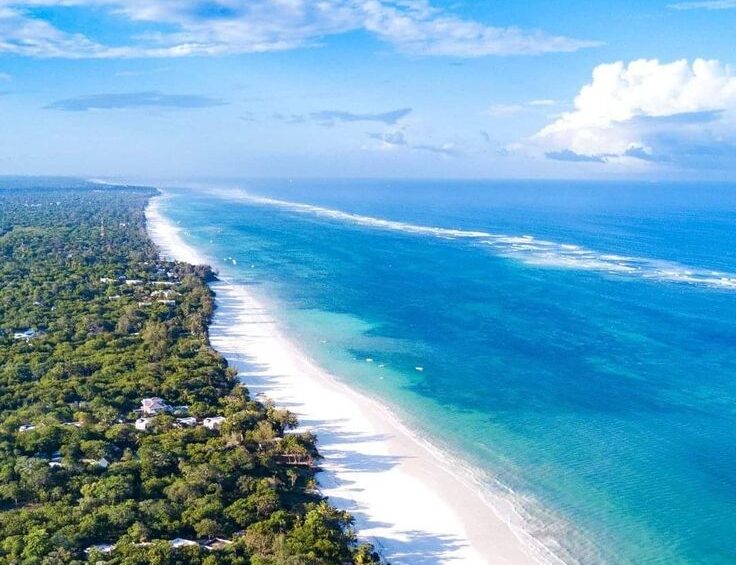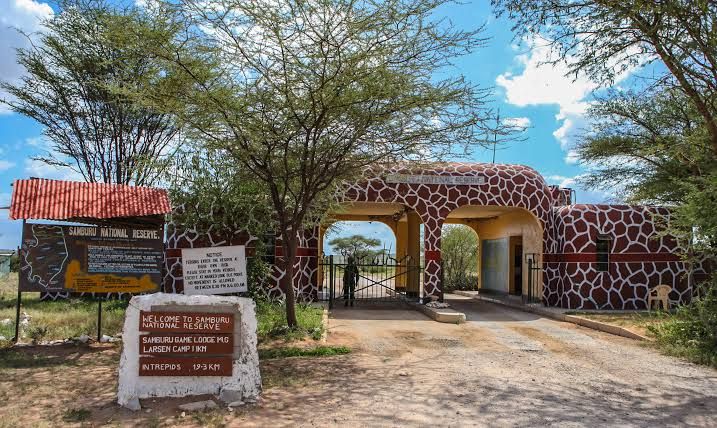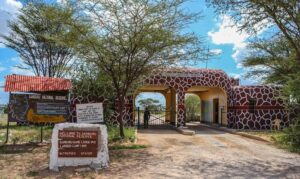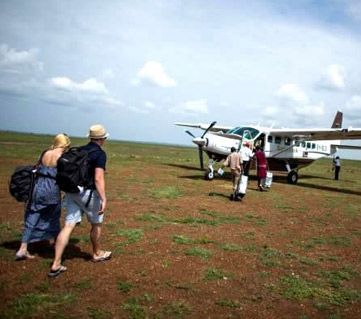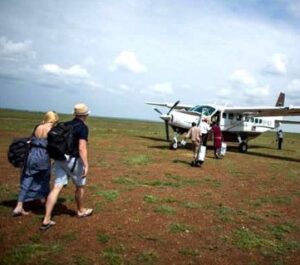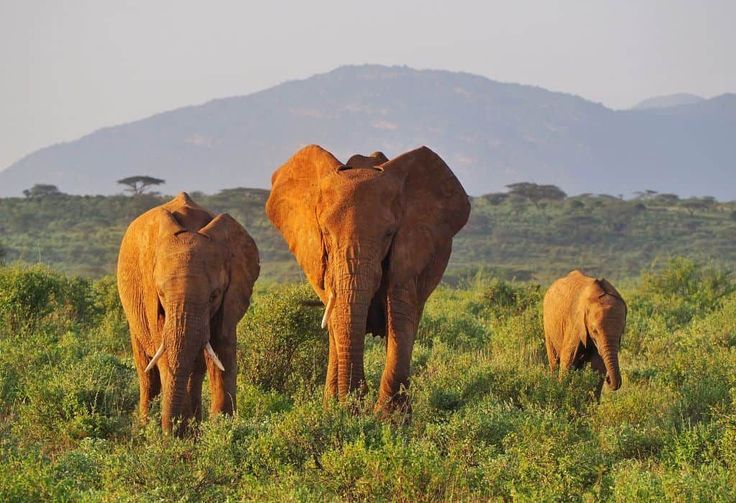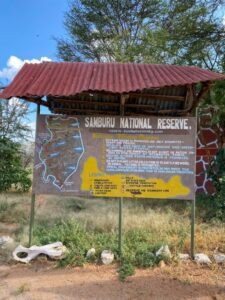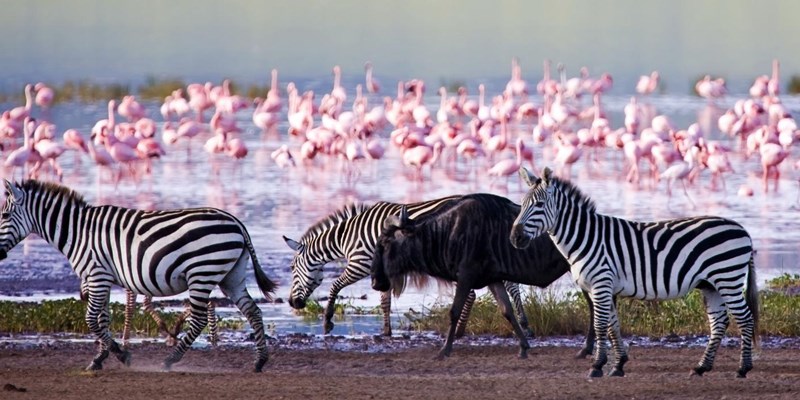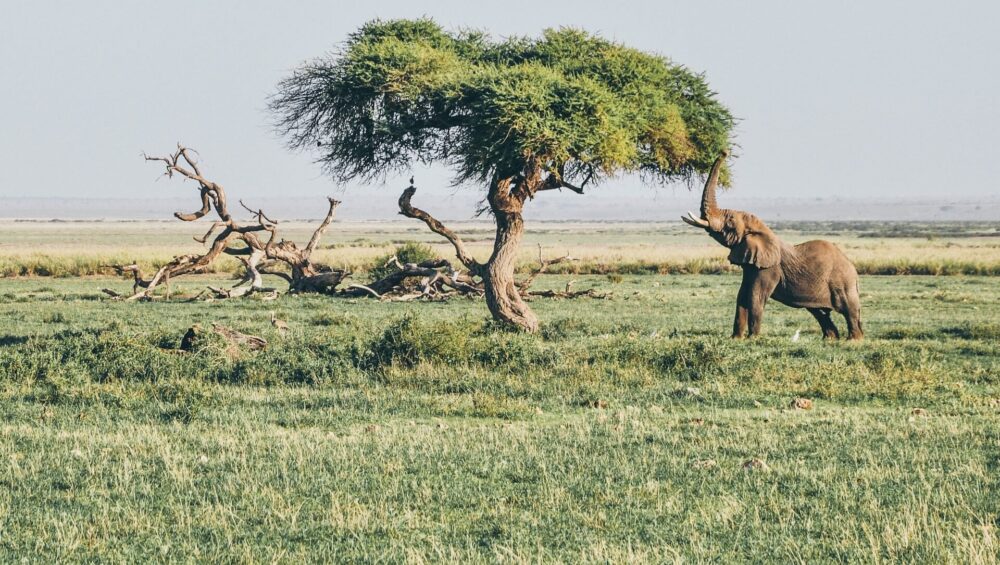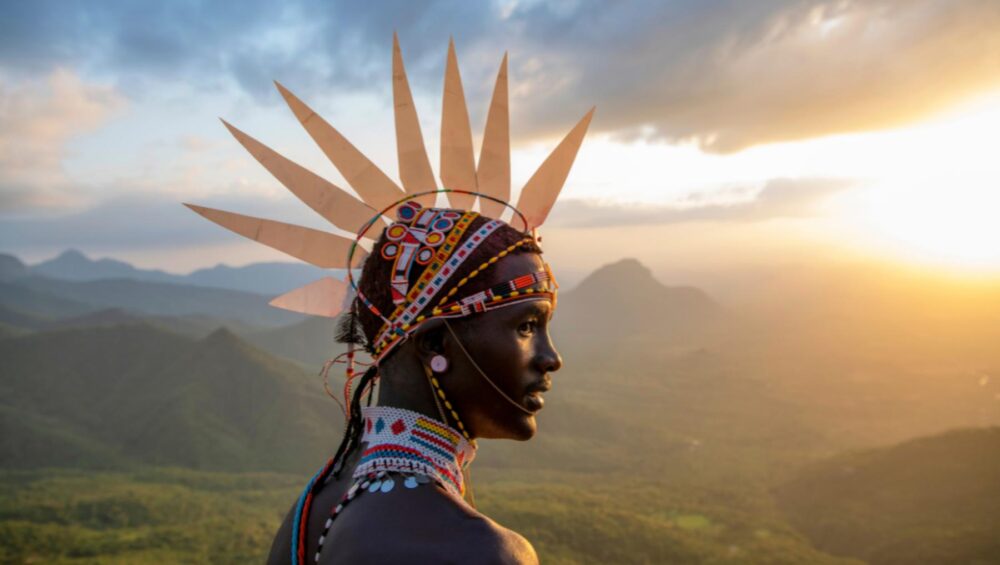4 Days Mount Kenya Climbing
Mount Kenya, Africa’s second-highest peak, is a breathtaking destination for adventurers and nature lovers. Located in central Kenya, Mount Kenya National Park offers a variety of activities, from challenging hikes to unforgettable wildlife experiences. Its snow-capped peaks, diverse ecosystems, and rich cultural heritage make it an ideal spot for those seeking both adventure and serenity.
Why Visit Mount Kenya?
- Majestic Peaks and Stunning Views:
At 5,199 meters, Mount Kenya is home to stunning summits, including the iconic Batian, Nelion, and Point Lenana. Climbers and trekkers from all over the world flock here to conquer these challenging peaks, all while enjoying panoramic views of the surrounding landscapes, including lush forests, alpine meadows, and glaciers. - Adventure and Hiking Trails:
Mount Kenya trekking offers trails suitable for all skill levels. From Chogoria Route to Naro Moru Route, each path showcases the mountain’s diverse landscapes. For experienced climbers, summiting Batian Peak is the ultimate challenge. The Point Lenana trek, however, offers a more accessible option for those wanting to enjoy incredible views without the technical climbing. - Rich Biodiversity:
Mount Kenya National Park is home to diverse flora and fauna, making it a paradise for nature enthusiasts. Visitors can encounter rare species such as bongo antelopes, black rhinos, and a variety of birds. The mountain’s unique vegetation zones, from tropical forests at the base to alpine deserts at the summit, support a variety of ecosystems that add to its allure.
Best Activities at Mount Kenya
- Climbing Mount Kenya:
For the ultimate adventure, climbing Mount Kenya is a must. Whether you’re summiting Point Lenana for a stunning sunrise or tackling the more technical Batian and Nelion peaks, the experience is truly unforgettable. The mountain offers a variety of routes, each with its own challenges and rewards. - Mountain Hiking and Trekking:
Hiking around Mount Kenya allows you to explore its scenic landscapes and enjoy breathtaking views. The mountain offers a range of trekking routes that cater to different fitness levels, with the Sirimon Route and Chogoria Route being the most popular for scenic hikes. - Wildlife Viewing and Birdwatching:
While exploring Mount Kenya National Park, keep an eye out for diverse wildlife. From buffaloes and elephants to endangered bongo antelopes, the park is home to a variety of mammals, reptiles, and birds. Birdwatchers will delight in spotting over 130 species, including the African black eagle.
When to Visit Mount Kenya
The best time to visit Mount Kenya for hiking and climbing is during the dry seasons, from January to March and June to October. These months offer the clearest weather and the safest conditions for trekking. However, visitors can explore the park year-round for wildlife viewing and to enjoy the beauty of the mountain’s changing landscapes.
Where to Stay Near Mount Kenya
- Luxury Lodges and Camps:
For those looking for a luxurious experience, there are various upscale lodges and camps near Mount Kenya, such as Serena Mountain Lodge and Mt. Kenya Safari Club. These provide comfortable accommodations with stunning views of the mountain. - Budget Accommodations:
If you’re on a budget, there are affordable options such as guesthouses and campsites around the mountain, providing easy access to the park for climbing and hiking adventures.
Conclusion
Mount Kenya is an adventure lover’s paradise, offering unforgettable experiences for trekkers, climbers, wildlife enthusiasts, and nature lovers alike. Whether you’re summiting one of its towering peaks, hiking through its scenic trails, or exploring the rich biodiversity of Mount Kenya National Park, this majestic mountain offers something for everyone. Plan your visit to Mount Kenya and experience one of Africa’s most iconic natural wonders.
This article is designed with SEO keywords like Mount Kenya, Mount Kenya trekking, climbing Mount Kenya, and Mount Kenya National Park to optimize search engine results. Let me know if you’d like any adjustments or further details.

